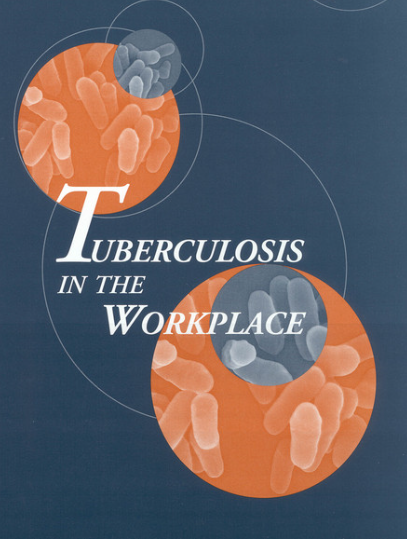
Since employees spend most of their waking hours at work, the workplace is the ideal place to tackle TB due to several reasons:
- An employee with TB might lose an average of 3–4 months of work and income.
- Recent advances in drugs and diagnostics could drastically reduce the TB epidemic; businesses can play a vital role in accelerating that impact by making these advances accessible to employees.
- Providing screening and treatment at work saves workers having to spend significant amounts of time and money travelling to health facilities that may be overcrowded, distant or under-resourced.
- For industries in which working conditions can increase the risk of spreading TB (see box), companies improving these conditions can prevent the spread of the disease while building goodwill among the wider community.
Companies should consider addressing TB prevention and care at the workplace if:
• the work takes place in a high burden TB country, or if there are employees with TB
• the work itself or the working conditions may contribute to the transmission or severity of TB such as mining or workers in close contact with potential TB patients or with each other
• HIV is an issue or the company has an HIV programme.
Addressing TB in the workplace doesn’t need to be complicated or expensive:
• TB control can easily be integrated into an existing workplace HIV programme and/or overall health and wellness programme. Since TB and HIV are closely linked—the highest-risk group for TB infection is people living with HIV/AIDS—addressing TB will boost the fight against HIV, to which many companies are already committed.
• TB treatment is inexpensive and easily accessible. The medications to treat someone with TB cost around US$ 25, and in many cases are paid for by the National TB Programme.
ELEMENTS OF A WORKPLACE TB PROGRAMME
The basics are simple—you may already be doing some of them:
• Provide a healthy working environment to help prevent transmission of TB: make sure workers are protected from dust, have enough fresh air and light and are not working in overcrowded conditions.
• Check new workers for TB to prevent the introduction of the disease into the workplace.
• Support employees being treated for TB (or any other condition) by providing sick leave, medical coverage and a non-discriminatory environment
• Adapt working conditions to allow employees being treated and prevent them from transmitting TB to others, this should only be necessary in the first few weeks of treatment.
• Include TB in company sponsored health awareness days or wellness programmes.
Elements of a more comprehensive TB programme include:
• Diagnosis: Awareness among all staff will help to identify employees at risk, and a non-stigmatizing environment will encourage staff to come forward if they think they may be infected.
• Treatment: Treatment at the workplace—either through an in-house programme or in collaboration with the public health system—minimizes time spent away from work and ensures that employees complete their treatment, which usually continues over six or more months.
• Addressing the wider community: Companies can ensure employees’ family members are covered as well, either through the workplace programme or through insurance and/or improved access to the public health system. This creates goodwill among employees and beyond—and may as well increase local business prospects.
HOW CAN MY COMPANY GET STARTED?
• Learn about TB in the workplace: a great start is Working Together with Businesses: Guidance on TB and TB/HIV prevention, diagnosis, treatment and care in the workplace, a new guide from the World Health Organization and the International Labour Organization.
• Discuss your plans with within the company and involve all levels of management, the National TB Programme, and other potential partners, there’s a lot of knowledge and experience out there to help you get started (contact ppmtb@who.int for more information).
• Identify which elements you may already have in place, and how you can strengthen them and then develop a more comprehensive programme, if appropriate.
Ref: https://stoptb.org/assets/documents/getinvolved/psc/TBinWorkplace_WHO_stopTBPartnership. pdf











One Response
great post